-
Posts
4,158 -
Joined
-
Last visited
-
Days Won
11
Content Type
Forums
Gallery
Store
Posts posted by VASI
-
-
4 hours ago, Derek H said:
It’s worth noting that Storacell, the maker of the tubular battery caddies, listened to feedback about tearing the labels off rechargeables and now offer a magnetic caddie that doesn’t tear the labels. I haven’t tried it but someone should.
Nice!
-
-
Happy Birthday, Jeff!
🤩
-
Bubblebee Industries - The Windbubble Pro
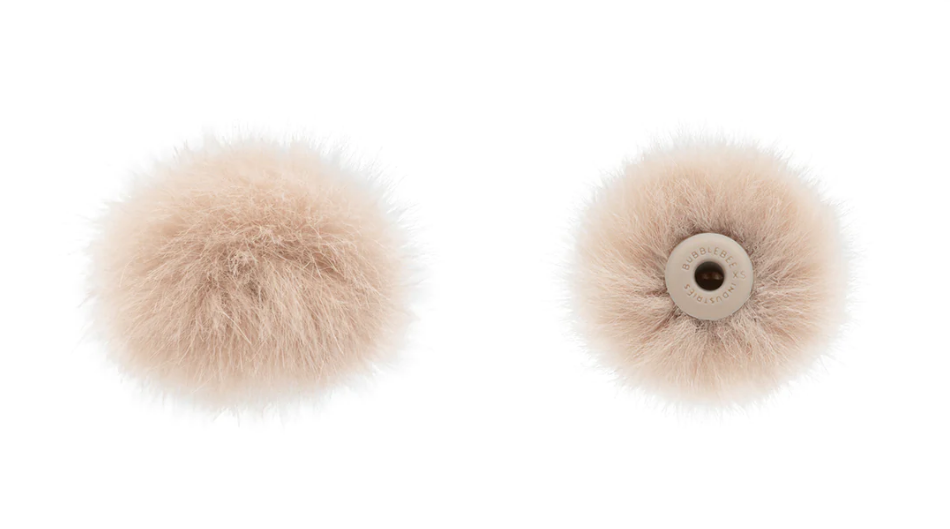
https://www.bubblebeeindustries.com/collections/the-windbubble-pro-1/products/the-windbubble-pro
Video from Gotham Sound
-
-
-
-
Voice Technologies VT403W Lavalier
https://vt-switzerland.com/en/products/lavalier-microphones/vt401-403-series/vt403water/
-
Wisycom Updates & MTB60 Rumors
Video from Gotham Sound
====
Sanken New Lavalier Development
Video from Gotham Sound
-
Blackmagic PYXIS Camera

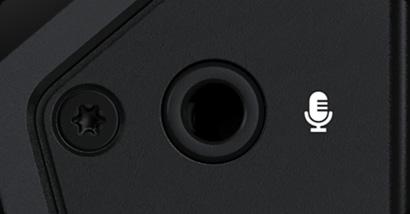
https://www.blackmagicdesign.com/products/blackmagicpyxis
====
Blackmagic URSA Cine Camera
https://www.blackmagicdesign.com/products/blackmagicursacine
-
Hi,
Is there a possibility to not posts being merged into one, if you respond - post immidiately a new post?
-
Zaxcom ZaxConvert has been updated.
Video from Gotham Sound
====
Tentacle Sync Timebar
https://tentaclesync.com/timebar
Video Report by Gotham Sound
-
DPA AIR1 Universal Miniature Fur Windscreen
https://www.dpamicrophones.com/accessories/air1-fur-windscreen
Video from Gotham Sound
-
Sound Devices A20, Zaxcom TRX743 - 745 and now another option of transmitter regarding AES 42 from Deity.
-
-
Sound Devices A20 SuperNexus
https://www.sounddevices.com/product/a20-supernexus/
Video from Gotham Sound
-
Lectrosonics DSSM Digital Wireless Micro Transmitter
https://www.lectrosonics.com/dssm-digital-wireless-water-resistant-micro-transmitter.html
Video Report by Gotham Sound
====
Schoeps CMD 42

https://schoeps.de/en/products/colette/microphone-amplifiers/cmd-42.html
Video Report from Gotham Sound
====
Sennheiser MKH 8030
https://www.sennheiser.com/en-no/catalog/products/microphones/mkh-8030/mkh-8030-700251
Video by Sennheiser
-
Hi all,
I think it's a good idea to have one place for all news coming from NAB, including live streaming links, interesting products outside from production sound world etc.
Looking forward to see what NAB has to show us this year.
There will the famous party, right?
Thank you,
Vasileios -
On 4/7/2024 at 10:45 AM, Constantin said:
What a weird and random thing to say. But I guess everyone needs their quirk
I have posted as "hand by hand" by the end of fual generators and going to more "green" energy. I would like to see solutions like this (with parity of zero cables from AC to lights) on set soon (to be the new "normality").

-
14 hours ago, Izen Ears said:
Thank you all for your replies! After getting majorly burned in 2008 using digital wires I just stuck with the Lectro hybrids. Good to know they work as advertised these days!
Dan Izen
2009 was the 788 release, right? Or 2008?
-
Pretty sure, Cantar X3 and Cantar Mini; will still record sound for many years; unless a fatal damage will be happen. Still 788 works fine after many years.
-
6 hours ago, DSatz said:
Um, no, I meant https://www.youtube.com/watch?v=2st7KzoEHlo starting at 24:01. This came up last August on an amateur audio forum that I sometimes participate in ("Tapers Section"), where someone had watched this video but perhaps didn't understand the German being spoken, and thought that Wittek was recommending to set analog preamps to low gain levels such as 20 dB for best noise performance, which definitely isn't right. Here's what I posted back then:
> [T]he topic from about 24:00 to about 30:00 in the recorded talk is dynamic range, which takes into account both the noise floor and the maximum SPL of the signal chain. He's very concerned to compare apples with apples: the digital microphone with the analog microphone PLUS the preamp that you have to use with it [whether standalone or built into a mixer or recorder].
> As he says (ca. 26:30), the CMD 42 isn't limited by having to pump out high voltages (more electrical power) at higher SPLs, so its maximum SPL is a few dB higher than that of the CMC 6. But when you bring an analog mike preamp into the picture (ca. 27:15), the clipping point of its output becomes a much more serious limiting factor when you get near the maximum SPL of the microphone. In the slide at the point that you mentioned, he's saying (around 28:20) that you would need to limit the gain on your preamp to about 15 - 20 dB in order to avoid this overload at the maximum SPL.
> He's definitely not saying that this is an optimal setting--on the contrary! His whole point is that analog preamps typically have lower input noise than the microphone's output noise only when set to higher gain levels than that, such as 30 - 35 dB. (This was shown in earlier slides, ca. 25:15 - 26:00.) Thus there exists no one gain setting for a typical analog preamp that both accommodates the maximum SPL of the microphone without clipping, and simultaneously offers the lowest noise for the quietest sounds that the microphone can pick up. If you need to record both at the very highest and the very lowest SPLs without touching any gain settings in between, the digital microphone offers a definite advantage as compared with the analog microphone--given that typical analog mike preamps can't put out 10, 20, 30 or more Volts (not that you really would want such levels to occur in practice).
> But then he goes on to say two things. (ca. 28:55) "With suitable operation of the preamp, I can obtain performance from the analog system that is exactly as good, or nearly as good, as that of the digital microphone. But I must operate it in a suitable way; I must really set exactly the gain level that suits my application exactly." Secondly, (ca. 29:50) combination analog mike preamps and A/D converters exist that use multiple analog gain stages and gain ranging--and he says that such equipment can produce results that are very nearly equivalent to digital microphones.--best regards
Thank you for the translation! Appreciated a lot!
-
6 hours ago, rmac said:
Just thought I’d note that Ambient describes the QP Slim as a 4-section pole. As discussed in the Gotham Sound video below, it was apparently developed due to Allen Williams and others calling for a pole that has a smaller diameter handle, and fewer sections, than Ambient’s current QP 5-section poles. The discussion starts at 0:19:
That's correct. In my POV, the last part of boompole (or the first one) I don't count it, because will exist anyways. 😁
-
Mean this one?

.png.279748a58a2b862b7aa5f3b84126e232.png)

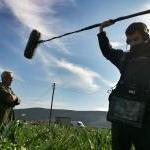





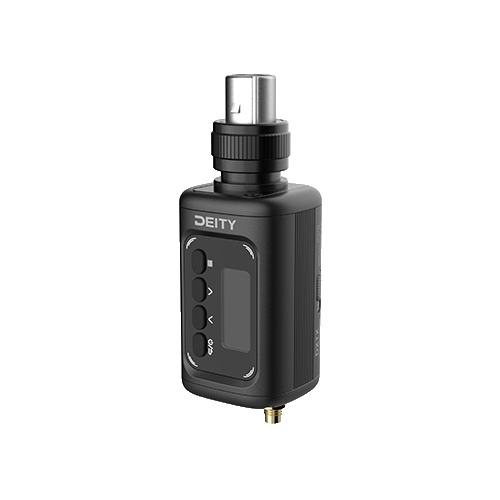
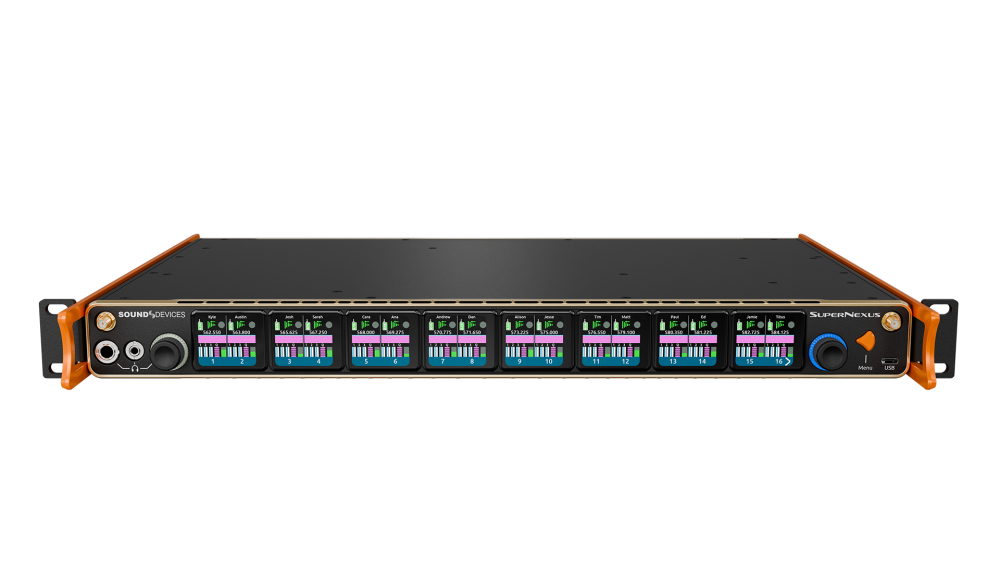
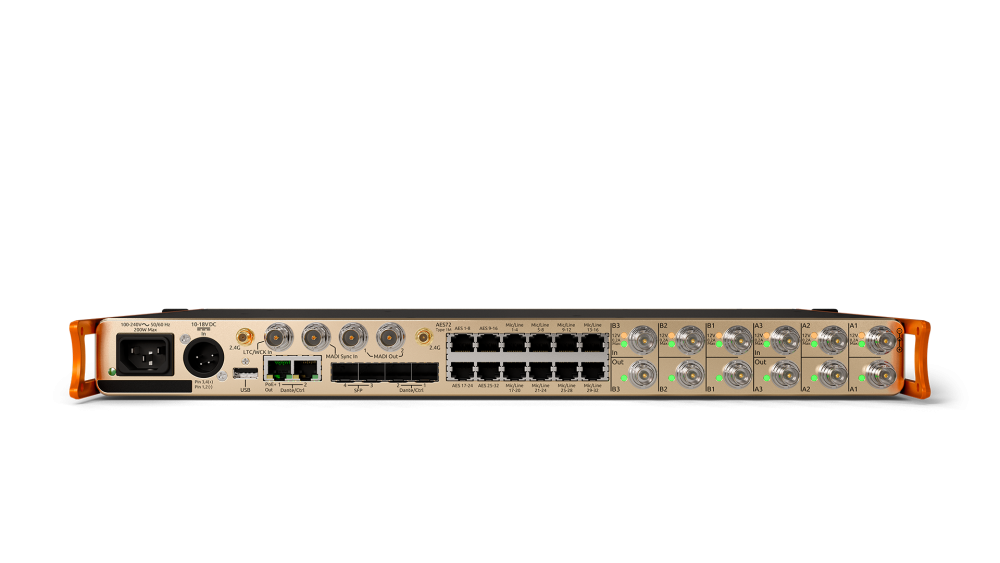

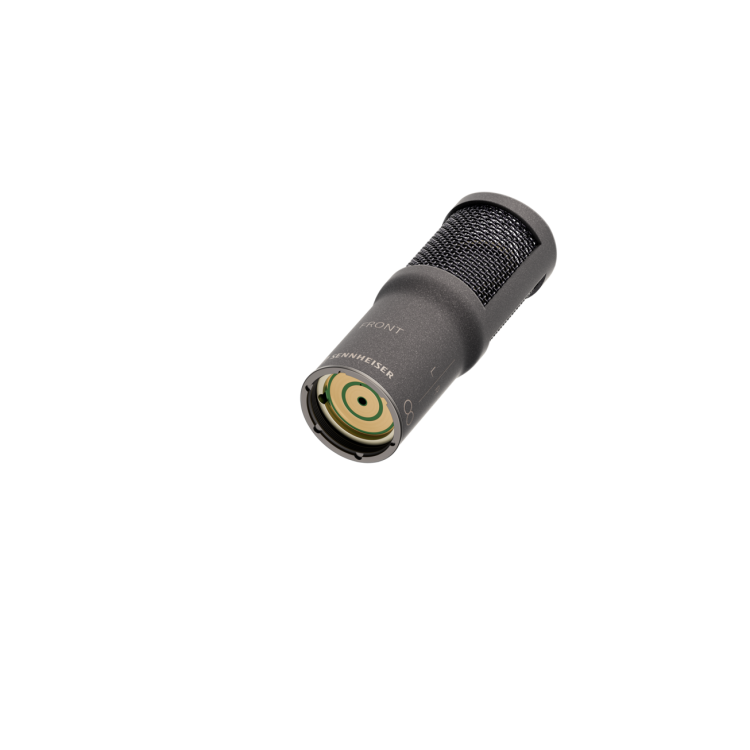
My thoughts on Schoeps CMD42 and why Zaxcom Nova “oneunit” is too heavy! (:
in Equipment
Posted
I think it is important to separate what type of projects someone is doing, before we start to analyse the pros and cons for CMD 42 and recorders in general. Is it reality? Is it feature film? Is it documentary? Is it field - atmos? As Schoeps wroted - said; CMD 42 is not meant to replace something of what we know (and use).
In my world, which is feature films and television drama; the POV is about dynamics and the handle of it. Is about "matching" the frame correctly. Ironically, the industry has been pushed - forced; the production sound dept. to run everything wireless; so mic preamps make less sense (in recorder) and as back-up feature. And here comes about "dynamics", and the problem with current workflow; where you have to manage the distance of the mic position (aka the boom operator), the mic preamp of transmitter, the trim and finally the fader (which end in director headphones or to the person which pays you).
Word: "Breath". The main advance of cable from boom to recorder with mic preamp is one: Mic can "breath", Production Sound Mixer can handle the dynamics much more better. As Jeff Wexler said before, here, many years ago; the trim and fader becomes - act as first stage of compression. Now the "trim" has been far away from mixer hands and live in a boompole (eg. transmitter). The feeling of touching the trim and reaction, has been eliminated (in some way). Form of Art the PSM work; which nowdays is more about logistics aka "do you have 16 wireless and wire them all without a reason; because maybe will have a line, maybe not; just for sure; we don't know" without knowing the departments outside from PSD (Production Sound Department) why we will need a wireless lavalier even without spoken dialogue. And everybody knows - feel what I am talking about "dynamics" during a scene and what's the cost of: 1. Boom hardwired to recorder. 2. Wireless Boom - Managing multiple "steps". Even if you are a Boom Operator.
So, the question to me is: Can the CMD 42 deliver the same sense of dynamics, minus dealing with the "compression" because from soft to loud (and vice versa) is a thing which the post production deal (with speakers, not headphones; in theatre) and hear our mistakes (aka mic position - mic preamp setup in Tx - trim and fader position) in such scenes / frame; where two (or three) persons "dancing" (aka PSM & Boom Operator -s)? Pretty sure, Simon Hayes can speak about it; since it was a beta tester; if it's still here.